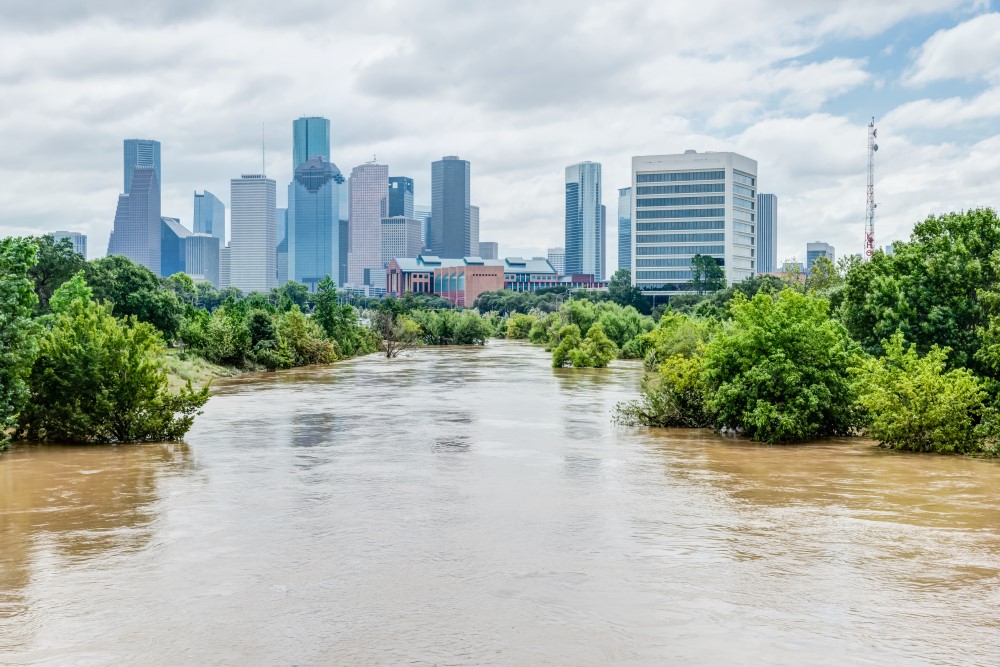How holistic climate intelligence can help organizations act on transition risk

Energy security and the green transition are key discussion topics at this year’s Davos conference.
Calls for a rapid, global deployment of capital to support innovation and infrastructure development, without losing sight of decarbonization were laid out in the ‘Electric, Together’ manifesto presented by Iberdrola's chairman, Ignacio Galán during Tuesday’s session. This five point plan is aimed at significantly altering the balance of our continued reliance on fossil fuels to meet our energy needs (still at over 80%), and with it, relieving pressure on the associated high levels of uncertainty, inflation and pollution. Ambitious investment comes with the proposal from Europe’s largest electricity company, over an equally progressive window of just two years between now and 2025. Highlighted challenges include refining policy on the use of green hydrogen to support the transition of ‘hard to decarbonize’ sectors such as heavy transport.
Along with the obvious environmental, economic and social rewards of transitioning to green energy, there are risks that must be quantified and factored in the planning and execution of the process to ensure a resilient, long term outcome. These range from navigating complex financial investments and losses, to integrating the physical risks from our changing and volatile climate into the construction of new global electrical infrastructure. The distribution and design of assets such as power plants and lines must account for volatile weather conditions such as high winds, storms and extreme temperatures, which have disrupted energy supplies multiple times in the previous year alone. Jake Jurewicz, Head of Transition Risk at Cervest shares more in his expert overview on the current global energy crisis.
‘The last 24 months has been the most volatile and economically challenging energy market in 50 years, stressing households as well as nations. It demonstrates how damaging and swift policy or geopolitical events can be without adequate planning around transitioning energy infrastructure. Investors are beginning to refer to this as Transition Risk, and failing to adequately understand its dynamics while navigating the move off of fossil fuels could make the last 24 months the new normal for the next 30 years.
While it is necessary to make long-term investments in zero-carbon energy supply chains, the most prudent technology choices and their timing is often very dependent on local conditions. Technologies such as hydrogen electrolysis, nuclear power, carbon capture use & sequestration (CCUS) all have important roles to play alongside further wind and solar development. Industry leaders must balance not just nameplate cost, but price dynamics from competing industries, specific requirements of certain industrial loads (e.g. high temperature furnaces), regional policy constraints and subsidies, and resiliency in a world of increasing geopolitical and climatological risks. Business and policy leaders must study the transition risks of their specific businesses and countries to plot not a “decarbonization path” but an “energy security path” that balances affordability with risk mitigation at every step of the way.
Russia’s weaponization of its fossil fuel resources have demonstrated that one cannot have “energy security” and be dependent on global oil and gas prices. Countries and industries will need to start building durable clean energy supply chains based on storage (e.g. hydrogen, batteries) and dispatchability (e.g. nuclear, CCUS). The first step in this journey is to begin building an asset-level understanding of the specific transition risks their portfolio faces: How dependent on fossil fuels are they today? How much energy does each asset use? How exposed are they to a carbon price or other local energy policy? How much will decarbonization technologies cost? Which energy technologies and resources are exposed to increasing physical risk or geopolitical risk? In a highly globalized economy, it can be difficult to trace all of these dependencies without a large global data set from which to start.
To discover more about the role of climate intelligence in supporting the energy transition and transition risk, sign up for our newsletter.
Share this article
Our latest news and insights

Accenture and Cervest collaborate to bring innovative solutions to clients seeking resilience amid increased climate risk
Read more
What is climate intelligence and why do businesses and governments need it?
Read more
